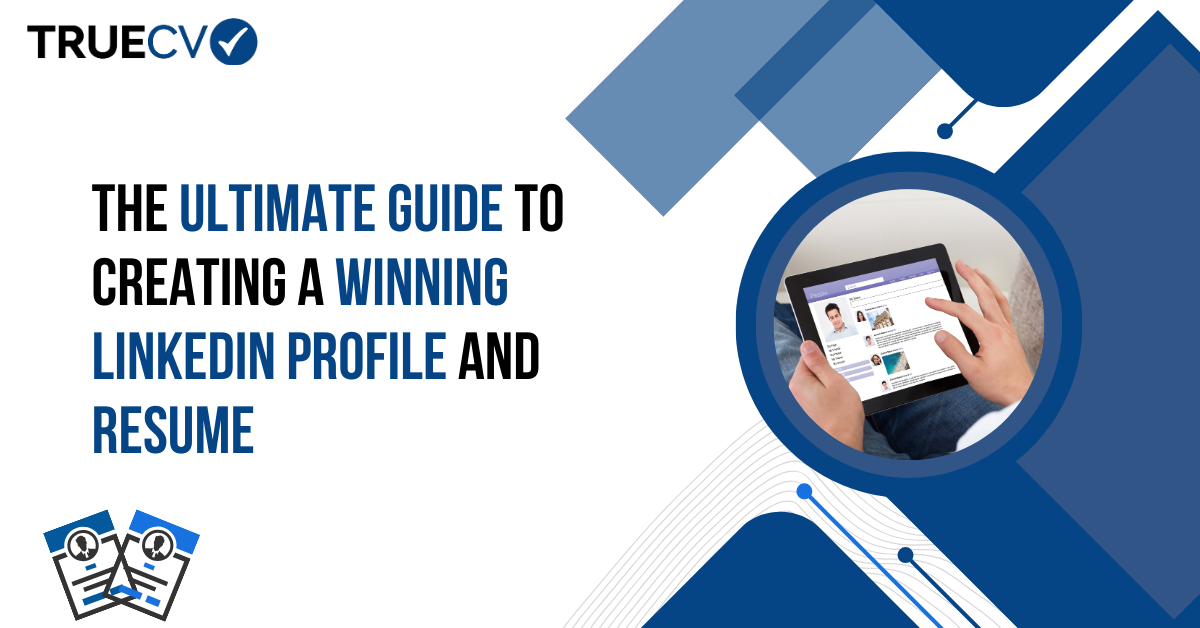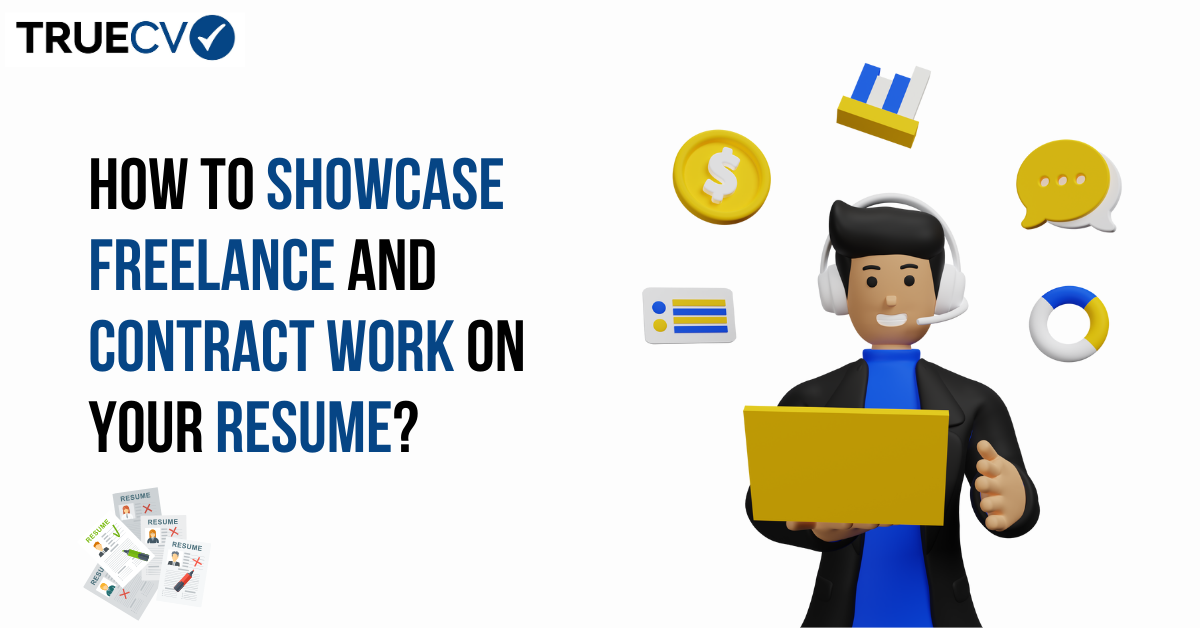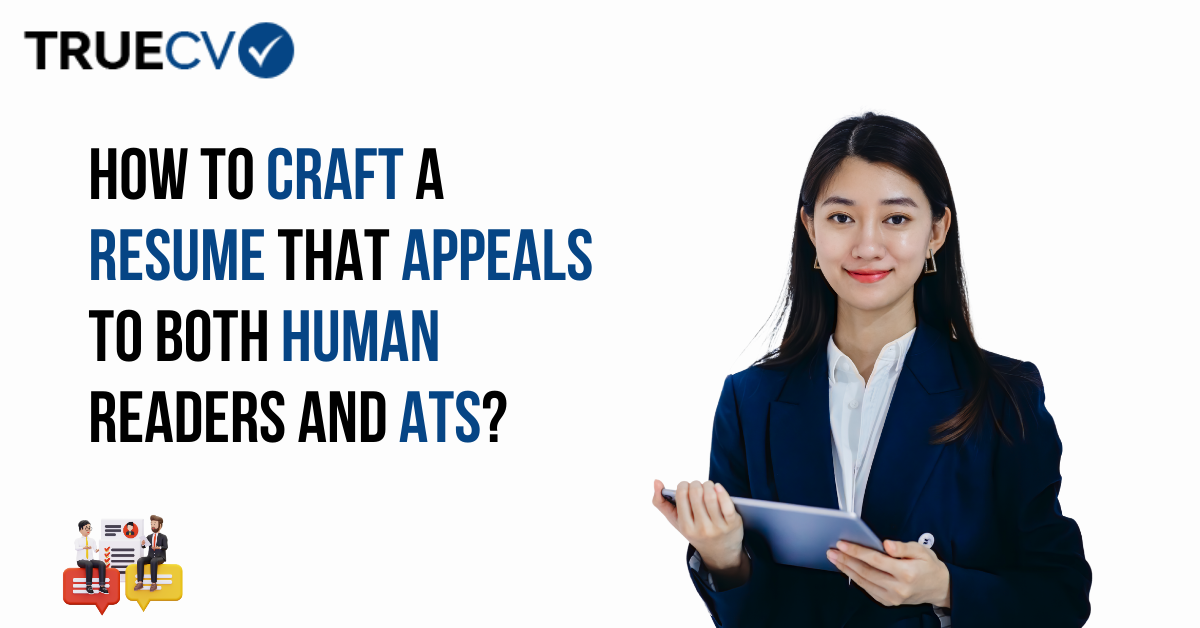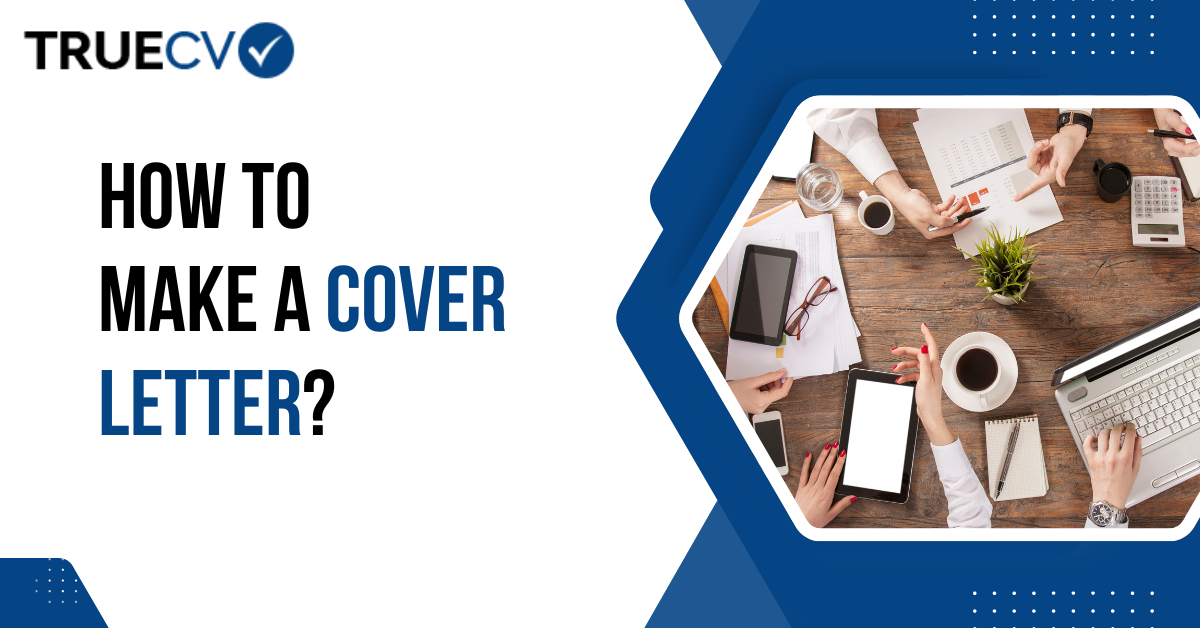.jpg)
Mastering the Art of Writing Impressive Cover Letters | Cover Letter Writing Guide
In the competitive world of job hunting, your cover letter is your golden ticket to stand out from the crowd and make a lasting impression on potential employers. A well-crafted cover letter can significantly increase your chances of landing that dream job you've been eyeing. But how do you ensure your cover letter ticks all the right boxes and captures the attention of recruiters? Fear not! In this comprehensive guide, we will take you through the step-by-step process of writing a winning cover letter that opens doors to new opportunities.
1. Understand the Purpose of a Cover Letter
Before diving into the writing process, it's essential to understand the primary purpose of a cover letter. It's not merely a reiteration of your resume but rather a personalized introduction that showcases your personality, passion, and suitability for the role. Think of it as your professional story that connects your experiences and skills with the job requirements.
A cover letter allows you to present yourself as more than just a list of qualifications. It provides you with a platform to express your motivation, work ethic, and potential cultural fit within the company. Recruiters use cover letters to gauge your communication skills, attention to detail, and overall professionalism. Therefore, it's not an element to be taken lightly but rather a chance to shine in a sea of job applicants.
2. Research, Research, Research
The key to a successful cover letter is personalization. Thoroughly research the company, its values, culture, and the specific job position you're applying for. Tailoring your cover letter to match the company's needs demonstrates your genuine interest and commitment.
Start by studying the company's website, mission statement, and recent news to gain insights into its core values and the challenges it's facing. Check out the company's social media presence to understand its brand personality and how it engages with its audience. The more you know about the company's goals and pain points, the better equipped you'll be to address them in your cover letter.
Additionally, research the hiring manager's name and title if possible. Addressing your cover letter to a specific person instead of a generic "To Whom It May Concern" shows that you've taken the time to personalize your application.
3. Start with a Strong Opener
Grab the reader's attention from the beginning with a compelling opening paragraph. Avoid generic salutations and instead, use the recipient's name if possible. Mention how you discovered the job opening and express your enthusiasm for the opportunity.
The opening paragraph sets the tone for your entire cover letter. Consider starting with a captivating statement or a story that illustrates your passion for the industry or your admiration for the company's work. By showing genuine interest and excitement, you immediately differentiate yourself from candidates who resort to standard and uninspiring introductions.
4. Showcase Your Value
The body of your cover letter should highlight your skills, accomplishments, and experiences relevant to the job. Use specific examples to demonstrate how you've excelled in previous roles and how those achievements align with the company's goals.
Avoid merely restating the information from your resume. Instead, elaborate on key experiences and accomplishments that showcase your unique abilities. Use metrics whenever possible to quantify your impact, such as "increased sales by 20%" or "led a team of 15 employees." Numbers add credibility to your claims and make your accomplishments more tangible.
Link your skills and experiences to the requirements of the job posting. Identify the core skills and qualifications the employer is seeking, and provide evidence of your proficiency in those areas. Showcasing your value in alignment with the company's needs demonstrates that you're the right candidate for the position.
5. Align with the Job Requirements
Address the job requirements listed in the job posting and explain how your abilities meet or exceed those expectations. Be honest and confident, but avoid exaggeration or making false claims.
When addressing the job requirements, use the language and keywords used in the job posting itself. This tactic not only shows that you've paid attention to the details but also helps your cover letter pass through applicant tracking systems (ATS) if the company uses them.
Don't be disheartened if you lack some of the listed qualifications. Instead, focus on transferable skills and experiences that demonstrate your adaptability and willingness to learn. If the job posting calls for specific software or technical skills you don't possess, highlight your ability to quickly learn new tools or mention any related training or certifications.
6. Demonstrate Cultural Fit
Companies often seek candidates who not only have the necessary qualifications but also fit into their organizational culture. Showcase your personality and values to demonstrate that you'll be a seamless addition to their team.
Research the company's culture and work environment to understand the qualities they value in their employees. Are they collaborative, innovative, or customer-centric? Tailor your cover letter to reflect those cultural aspects and demonstrate how you embody those values.
Mention any previous experience working in a similar work culture or highlight personal attributes that align with the company's core values. For example, if the company emphasizes community involvement, mention any volunteer work or extracurricular activities that showcase your commitment to giving back.
7. Keep it Concise
A cover letter should be concise and to the point. Aim for a one-page document and use short paragraphs with clear and impactful language. Avoid unnecessary jargon or fluff.
Recruiters and hiring managers have limited time to review applications, so they appreciate cover letters that get to the point quickly. Use bullet points to break up dense paragraphs and make your key points more accessible.
Stay focused on the most relevant information and avoid going off on tangents. While you want to showcase your qualifications, being overly verbose can make your cover letter less engaging.
8. Show Enthusiasm and Professionalism
Throughout your cover letter, maintain a tone that reflects both enthusiasm for the role and professionalism. Strike a balance between being personable and showcasing your strong work ethic.
Enthusiasm shows that you're genuinely excited about the opportunity and eager to contribute to the company's success. On the other hand, professionalism demonstrates your ability to conduct yourself appropriately in a business setting.
Avoid using overly casual language or slang, and ensure your cover letter is free of typos and grammatical errors. Proofread your letter carefully, and if possible, have someone else review it to catch any mistakes you may have missed.
9. Address Potential Concerns
If you have employment gaps or other concerns in your resume, address them briefly in the cover letter to avoid any ambiguity.
Be transparent about any potential red flags in your work history and provide context without making excuses. Emphasize what you've learned from any challenges you've faced and how those experiences have made you a stronger and more motivated candidate.
The goal is to address potential concerns before they become obstacles during the selection process. Being forthright and confident in explaining any gaps or career changes can show your maturity and resilience.
10. End on a Strong Note
Conclude your cover letter with a strong closing paragraph, reiterating your interest in the position and expressing gratitude for the reader's time and consideration.
End your cover letter with a call to action, such as expressing your eagerness for an interview or inviting the employer to contact you for further discussion. This proactive approach shows your proactive and confident approach to pursuing the opportunity.
Finally, express gratitude for the opportunity to apply and thank the reader for considering your application. A polite and appreciative tone leaves a positive impression and shows that you value their time.
Conclusion
With this step-by-step guide, you're now equipped with the tools and knowledge to write a compelling cover letter that impresses potential employers. Remember, your cover letter should tell a story of who you are as a professional and how your unique skills and experiences make you the perfect fit for the job. Invest time and effort in crafting a personalized and persuasive cover letter, and watch as it opens doors to exciting career opportunities.
Now, go forth and conquer that job application process with confidence and finesse!





